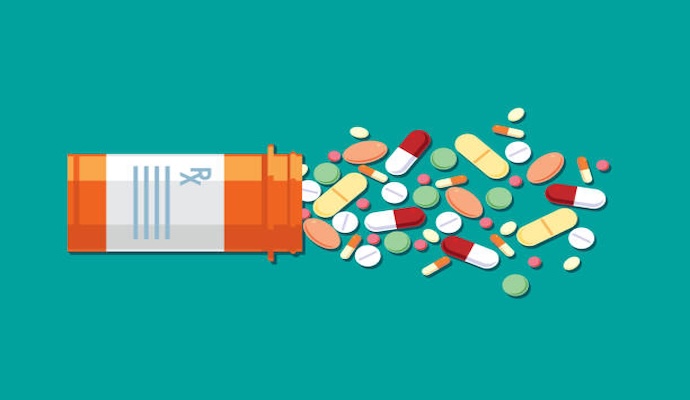Pediatric Antidepressant Prescription Rates Increased 66%
A study in Pediatrics revealed that adolescent, teen, and young adult antidepressant prescription rates increased by 66% between January 2016 and December 2022.

Source: Getty Images
- A recent study published in Pediatrics, the journal of the American Academy of Pediatrics (AAP), revealed a significant increase in antidepressant prescriptions among adolescents, teens, and young adults between January 2016 and December 2022, indicating a decline in mental health following the COVID-19 pandemic.
Researchers assessed data from the IQVIA Longitudinal Prescription Database, evaluating information on antidepressant prescriptions dispensed from 2016 to 2022 to individuals between 12 and 25 years old. The data was aggregated into a monthly antidepressant dispensing rate, defined as the number of people with one or more prescriptions per 100,000. These numbers were then taken and fitted in a linear segmented regression model.
In January 2016, the monthly antidepressant dispensing rate was 2,575.9, increasing significantly to 4,284.8 by December 2022.
To properly understand the impact of the COVID-19 pandemic on antidepressant prescription rates, researchers looked at the change before the pandemic's start and compared it to afterward, using March 2020 as the start date. According to the publication, prescription rates were increasing by a rate of 17.0 people with one or more prescriptions per 100,000 people monthly, 17.0 indicating the slope of the linear regression model.
However, after the COVID-19 outbreak, the researchers reported that the slope of the linear regression model increased by 10.8 per month, indicating that antidepressant prescription rates rose 63.5% faster after the pandemic.
A commentary published by the AAP suggests that multiple factors could have triggered this outcome. For example, changes in telemedicine prescribing may have altered access to antidepressant prescriptions, and social or familial factors may have impacted the rates of these conditions.
Additional insights revealed that females predominantly facilitated increased prescription rates. While males in both age groups did not exhibit a change in prescription rates after the start of the pandemic that was significant enough to alter their linear regressions, the subgroup analysis revealed that, in females 18–25, the monthly antidepressant dispensing rate increased 56.5% faster, after the start of the pandemic. Moreover, in females 12–17 years old, the rate increased 129.6% faster.
In the AAP commentary, some experts postulate that this difference between genders may be linked to cultural norms that drive girls to internalizing behaviors, like depression and anxiety. In contrast, boys are often driven to externalizing behaviors, such as substance abuse.
Regardless of the data presented in this study, the investigators maintain that more insights are needed to assess the persistent mental health crisis in the United States. They conclude the publication by noting, “Future research should investigate the degree to which this increase was driven by changes in mental health, changes in access to mental health care, and changes in treatment patterns for mental health conditions. Future research should also investigate which interventions can best promote the mental health of adolescents and young adults, thus mitigating the deleterious implications of poor mental health both in the short term and long term.”
